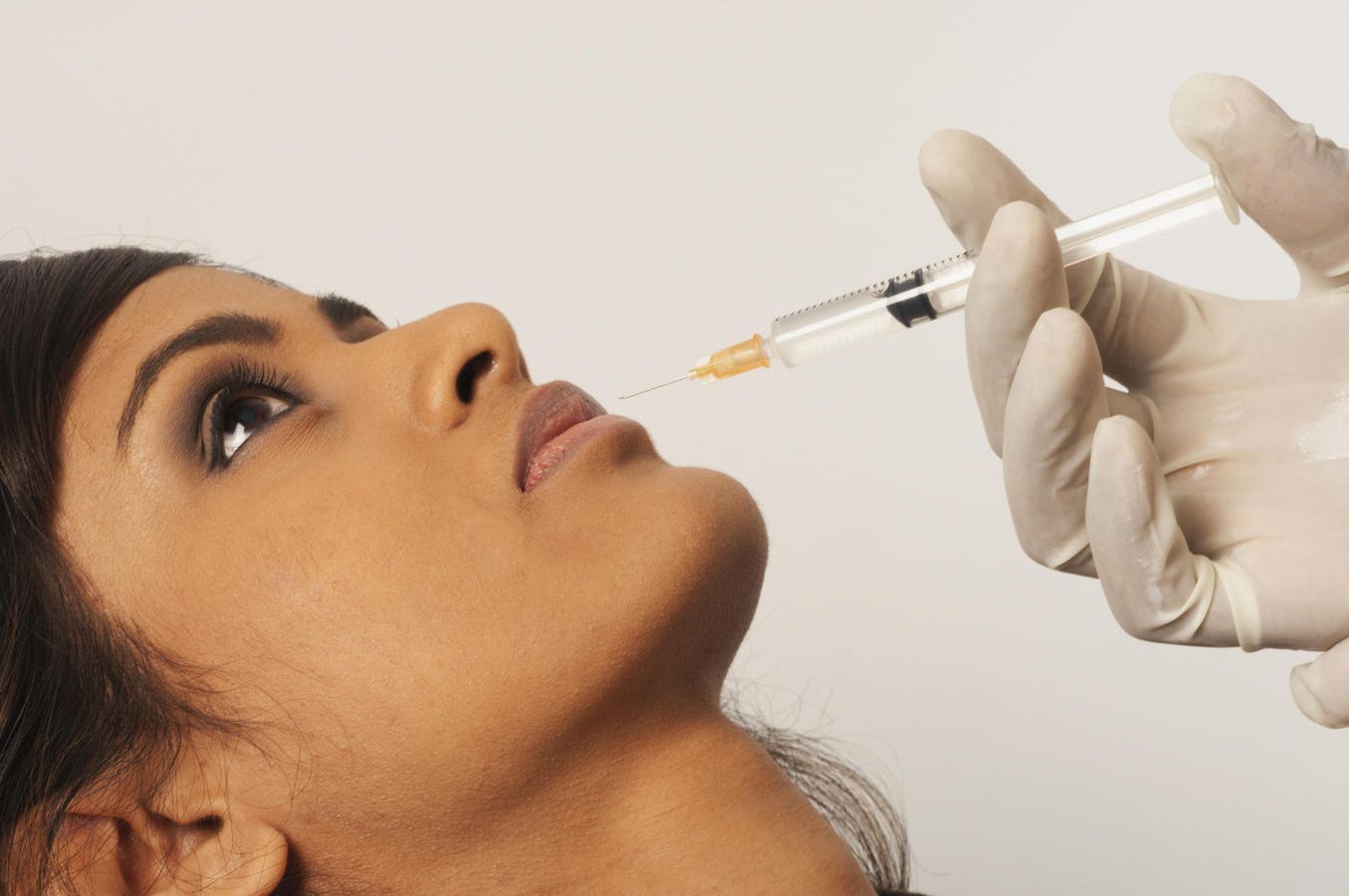The market for dermal fillers is booming. Many people want fuller lips and cheeks and to remove certain blemishes from their bodies. While the procedures themselves aren’t especially risky, a segment of the population seeking cosmetic interventions may be suffering from body dysmorphic disorder, a serious psychiatric condition. This presents an ethical dilemma of what a doctor should do if he or she suspects BDD and why it’s best to say no in these instances.
Globally, there’s steadily rising demand for minimally invasive aesthetic procedures. Cosmetic interventions are popular among the young, middle-aged and elderly. The aesthetics injectables market has been growing by more than a 10% clip annually, according to McKinsey.
Dermal fillers are a non-invasive alternative to surgical procedures. They address various (perceived) concerns people may have, including wrinkles, volume loss and sagging skin. Fillers can also be used for reconstructive purposes like repairing damage from accidents or injuries.
Aesthetic medicine can enhance or restore lip volume, for example, using collagen or hyaluronic acid. While collagen was once the most commonly used substance for lips, fillers that contain hyaluronic acid have become more popular in recent years. Hyaluronic acid is a naturally occurring substance in the body, found in the skin, connective tissue and eyes. It is a molecule that attracts and retains water, which helps keep skin plump and hydrated. Medical professionals inject it into the lip. Such fillers are not permanent. They usually last between six and 18 months.
As with almost every medical intervention there are risks attached to lip plumping, as Harvard Health explains. These run the gamut from allergic reactions, post-procedure infection, a lumpy appearance under the skin, the filler moving away from the intended treatment area, scarring and blocked blood vessels in the face which can cause tissue death.
Patients seek out treatments to “enhance and balance their features.” Yet individuals struggling with BDD might wrongly view these treatments as a solution to their problems. The condition is characterized by preoccupation with an imagined defect in physical appearance or a distorted perception of one’s body image which causes significant psychological distress and impairment of social functioning. Unsurprisingly, many with BDD seek unnecessary cosmetic procedures. The explosion in social media during the past 15 years has exacerbated the issue.
It is estimated by the Body Dysmorphic Disorder Foundation that 2% of the adult population are living with BDD. And the percentage of BDD patients who seek a variety of cosmetic interventions—both surgical and non-surgical—is between two to five times the number in the general population, according to the International Obsessive Compulsive Disorder Foundation. Shockingly, the Cleveland Clinic says that up to 80% of people with BDD have suicidal thoughts. An early seminal paper on BDD reported that suicidality in persons with BDD was approximately 45 times that seen in the general population.
Though a serious and often debilitating mental affliction, BDD is treatable with an appropriate mix of behavioral- and pharmacotherapy.
Since appearance concerns are the focus of BDD, individuals with this disorder commonly seek out and receive cosmetic treatments to correct their perceived “flaws” instead of seeking psychiatric care. However, the enhancements don’t usually make their worries disappear. The level of distress remains unchanged or gets worse. In essence, getting “work done” masks a much larger problem.
The cosmetics industry has not escaped controversy, particularly with regard to its promotional activities. A British investigation advocated changes to encourage ethical practices, including standardizing practitioner training and registration, introducing mandatory product safety regulation, implementing age limits and prohibiting “irresponsible” marketing.
An article in the Journal of Medical Ethics highlights some of the ethical challenges raised when individuals with possible BDD consult for cosmetic procedures. The author recommends thoroughly evaluating the harms and benefits of cosmetic interventions on a case-by-case basis with individuals who may be suffering from BDD.
For those diagnosed with the condition, but also others who may not have been assessed yet with a proper diagnosis, psychiatric experts are advising that a precautionary approach be taken in which interventions to alter a person’s physical appearance are avoided. Rather, they suggest that the emphasis ought to be referral to mental health services. The disease can interfere with patients’ decision-making capacity. As such, decisions by individuals to pursue cosmetic procedures can be overridden when they pose harm.
Read the full article here





